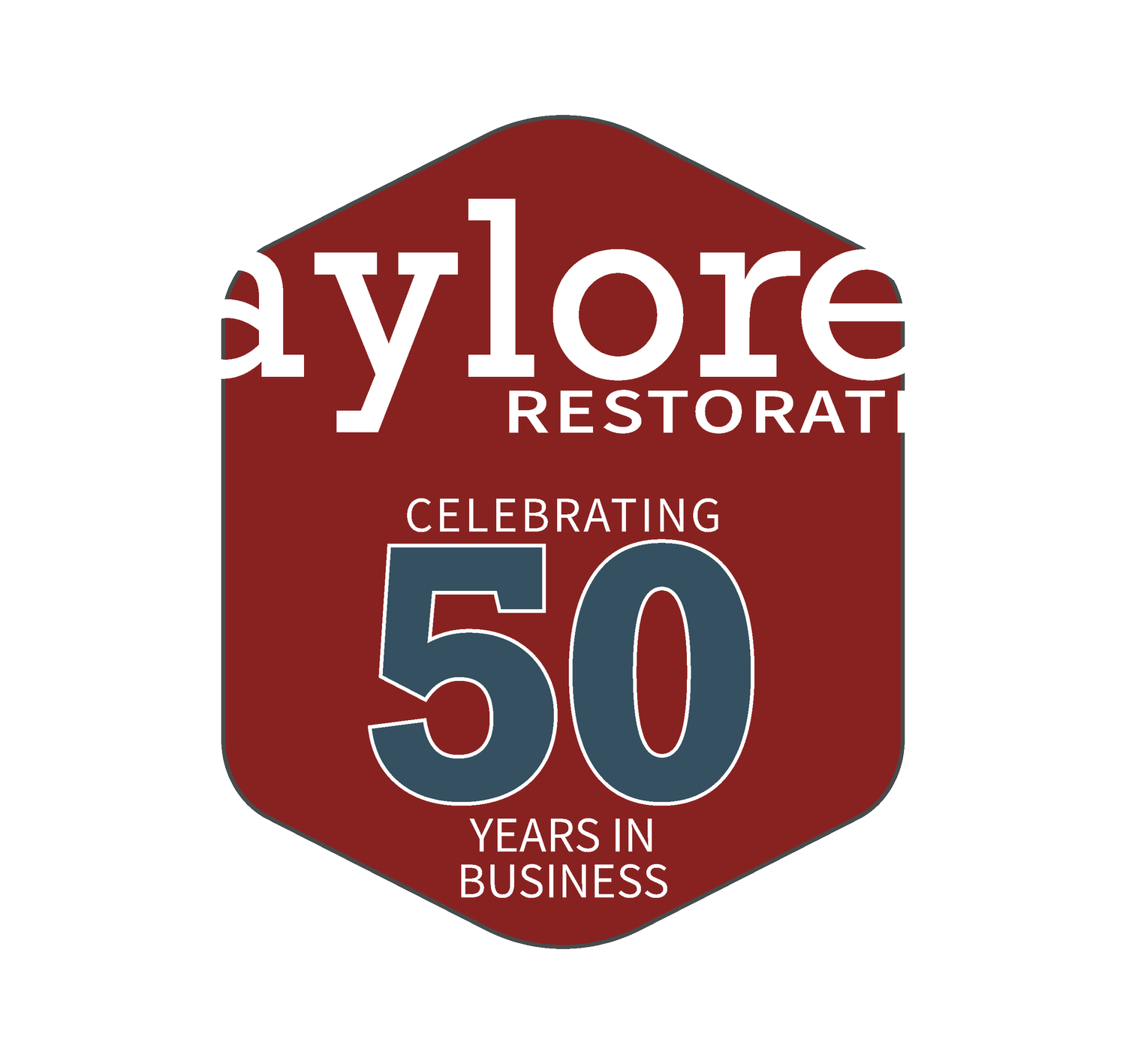Emergency Preparedness for Fire and Water Damage: Creating a Plan
Emergencies can strike when we least expect them and being prepared is the key to safeguarding your home and loved ones. In this comprehensive guide, we'll help you create an emergency plan that covers fire safety measures, water shut-off procedures, and essential contact information for restoration professionals. From our perspective, as Taylored Restoration, a trusted home restoration company in Anchorage, Alaska, we provide practical, actionable steps to help you develop a robust emergency preparedness plan.
Fire Safety Measures
Fire Escape Plan
Draw a Floor Plan: Create a floor plan of your home, highlighting all exit points, including doors and windows.
Designate Meeting Points: Establish meeting points outside your home where all family members can gather after evacuating.
Practice Regularly: Conduct fire drills with your family to ensure everyone knows the escape routes.
Fire Extinguishers
Install Fire Extinguishers: Place fire extinguishers in key locations, such as the kitchen and garage.
Learn How to Use: Ensure everyone in your household knows how to operate a fire extinguisher.
Smoke Alarms
Install Smoke Alarms: Place smoke alarms on each floor of your home and inside every bedroom.
Test Monthly: Test smoke alarms monthly and replace batteries at least once a year.
Water Shut-Off Procedures
Locate Water Shut-Off Valves
Main Water Shut-Off Valve: Know the location of the main shut-off valve for your water supply. Typically, it's in the basement or near the water meter.
Shut Off Water
During Leaks or Flooding: In case of a water leak or flooding, shut off the main water supply immediately to prevent further damage.
Practice Shut-Off: Familiarize yourself with the process of shutting off the water supply and periodically practice it.
Restoration Contacts
Home Restoration Company
Research Restoration Companies: Identify reputable home restoration companies in your area, like Taylored Restoration in Anchorage, Alaska.
Store Contact Information: Save their contact information in your emergency plan.
Insurance Company
Contact Information: Keep your insurance company's contact details handy in case you need to file a claim.
Emergency Services
Local Emergency Services: Know the emergency phone numbers for your area, including fire and police departments.
Family Communication
Emergency Contacts
List Contacts: Create a list of emergency contacts, including family members, friends, and neighbors.
Communication Plan
Designate an Out-of-Area Contact: Choose an out-of-area contact person whom family members can call to check in and relay information during emergencies.
Share the Plan: Ensure everyone in your household has a copy of the communication plan.
Emergency Supplies
Emergency Kit
Prepare an Emergency Kit: Assemble an emergency kit with essential supplies like water, non-perishable food, first-aid items, flashlights, batteries, and important documents.
Regularly Update: Periodically review and update the contents of your emergency kit.
Document Storage
Secure Important Documents: Keep copies of essential documents, such as identification, insurance policies, and medical records, in a waterproof and fireproof container.
Stay Informed
Weather Alerts
Stay Informed: Sign up for weather alerts and emergency notifications to receive timely information about potential threats.
Emergency Apps
Install Emergency Apps: Download emergency apps that provide updates, alerts, and instructions during disasters.
Regular Review and Drills
Regularly Review the Plan: Schedule regular reviews of your emergency plan with your family to ensure everyone remains familiar with the procedures.
Conduct Drills: Practice fire drills, water shut-off procedures, and communication checks at least twice a year.
By following these practical steps and maintaining an up-to-date emergency preparedness plan, you can be better equipped to protect your home and loved ones during emergencies. Remember, preparation is the key to effectively responding to fires, water damage, or other unexpected crises. In times of crisis, having a well-thought-out plan can make all the difference in ensuring your family's safety and the swift restoration of your home.

